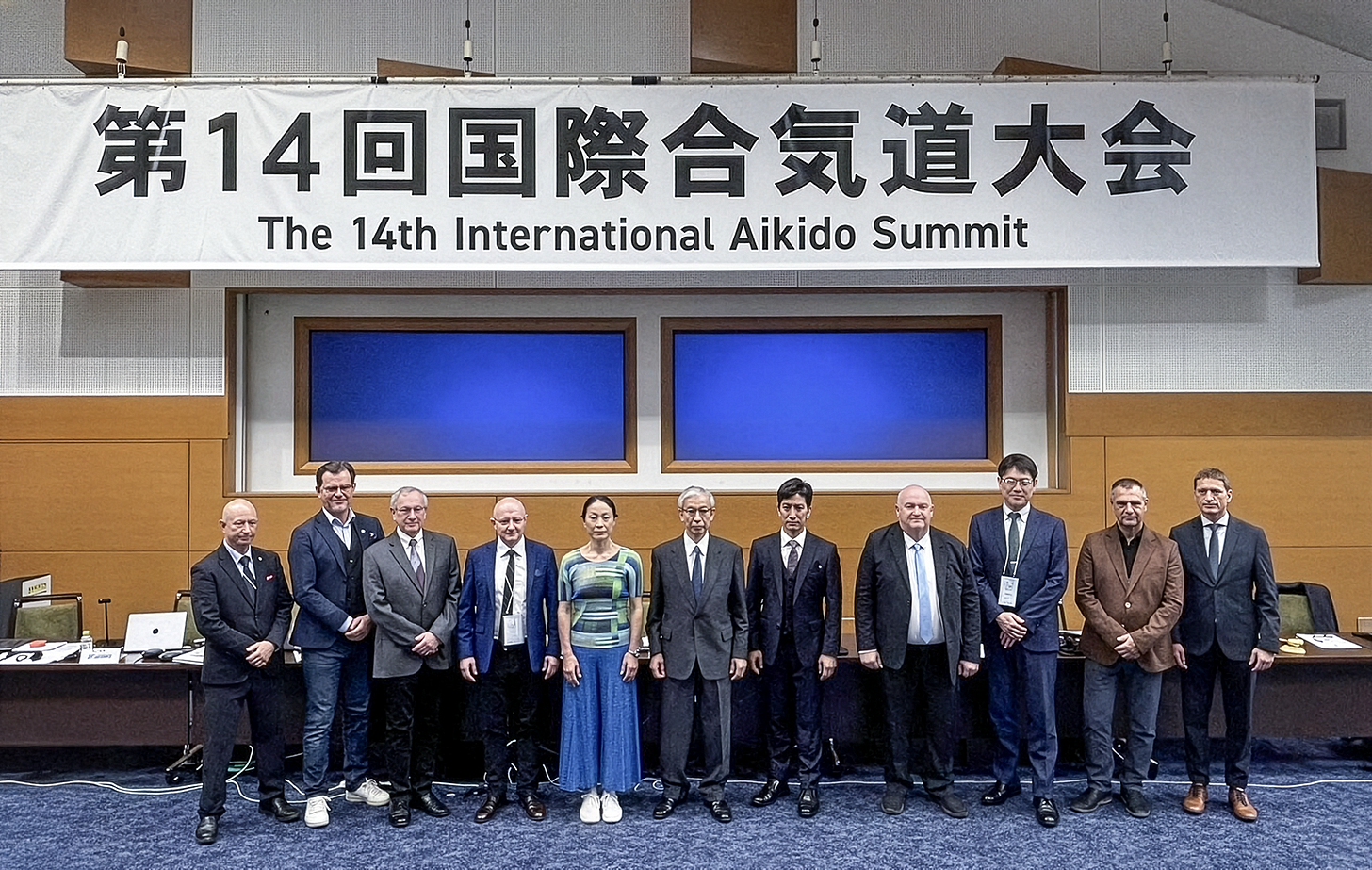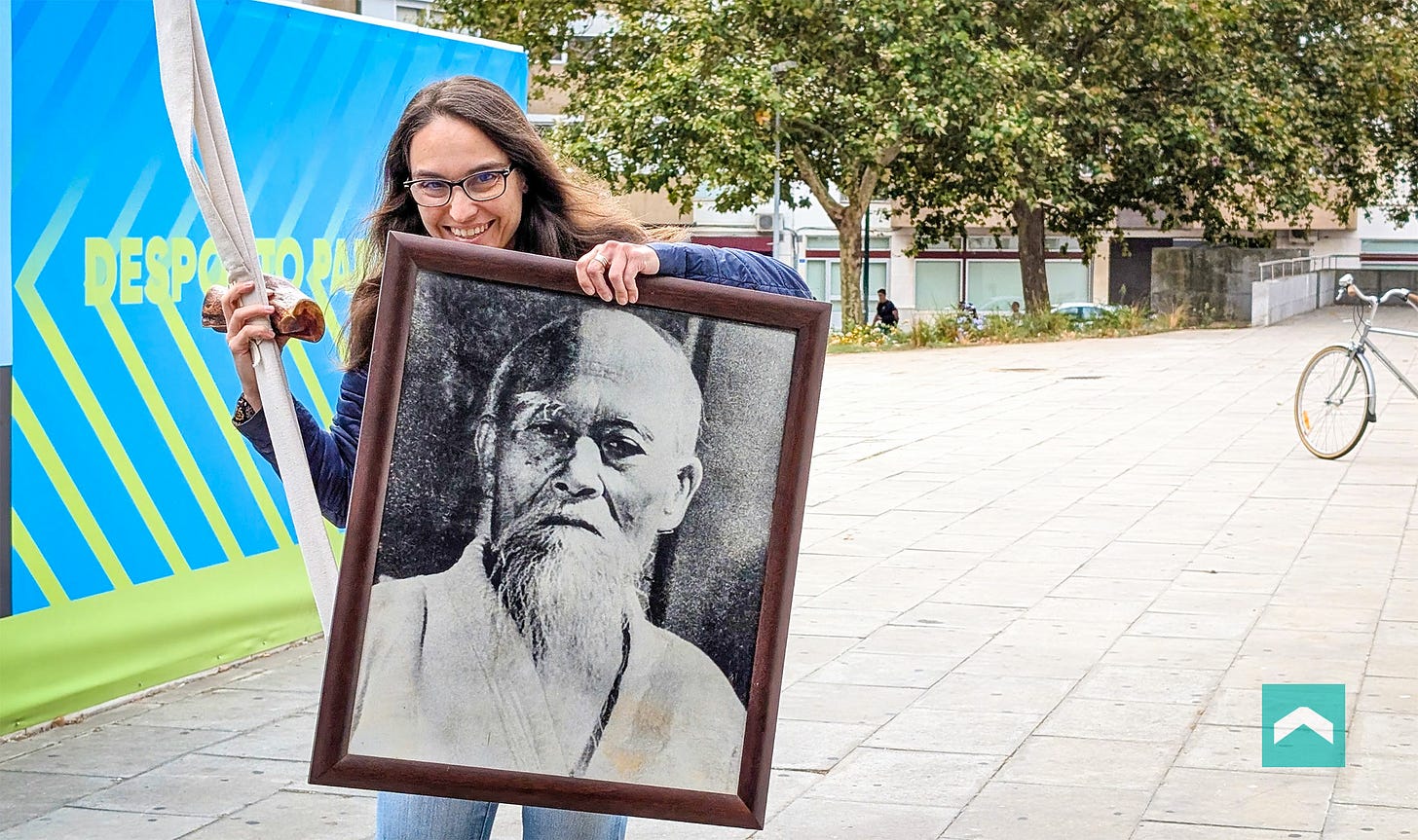What the online aikido community revealed about gender balance
What practitioners validate, what they reject, and what institutions fail to address
TL;DR: Reddit discussion expose the gap between what aikido practitioners know about gender barriers and what institutions acknowledge—systematically documented sexism gets validated, dismissive denials get rejected, yet a 9-year institutional initiative remains invisible.
When I asked r/aikido about gender balance, the post reached 28,000 viewers and generated close to 90 responses from practitioners worldwide— almost half from the US and Canada, 6% from the UK, and the rest mostly from Europe. Some shared experiences. Others offered theories. A few got defensive. The community response revealed something more than individual comments alone: what the community validates, rejects, what critical issues went unaddressed, and what institutional efforts remain invisible.
What gets validated
The highest-rated comment came from a woman who trained seriously for 17 years before leaving due to systemic sexism. Her documentation was specific:
“Hitting on female students. Sexual or sexist comments and jokes. Disparaging female students or holding them to double standards. Mansplaining on and off the mat. Fewer training opportunities for women. Female teachers relegated to teaching kids classes. Female students expected to perform caretaking tasks while men are not. Sexual harassment. More senior man dates junior woman and when they break up, she leaves because of his seniority. Fewer female teachers to serve as role models.
All of this was done while saying ‘our dojo welcomes women.’”
The community confirmed her experience matched their own. Pattern recognition, not isolated incident.
Another observation received strong support:
“If so many of you assume women aren’t interested in martial arts, why should you do anything to make them feel welcome? Then you scratch your heads and say ‘welp, I guess they just don’t like martial arts.’”
The community recognized how dismissive assumptions create self-fulfilling prophecies.
What gets rejected
When one commenter dismissed the entire discussion with “mostly men are interested in martial arts. And that is OK,” the response was mixed. Some agreement, but significant pushback showed in the controversy flag.
When another claimed “No doubt dojos like this exist. Certainly I have been lucky enough never to have trained in one,” the community pushed back hard. The message: “not in my dojo” doesn’t count as evidence when women document otherwise.
The attempted defense of “natural gender imbalance” through running statistics received minimal engagement. Weak positioning, weak response.
The structural reality few discuss
The second-most supported insight addressed something rarely mentioned in aikido conversations: scheduling and caretaking burdens.
“So many women are caretakers, whether they want to be or not. Every class time our dojo offers is not good for anyone who has to parent through meal and bed time or take people to extra-curriculars. Even if women want to train, they have to find a time that doesn’t conflict with every other family obligation.”
Another practitioner expanded this:
“For so many women working 9-5, there are family obligations before and after work. Kids at any age take so much time, household work and if part of the sandwich generation, aging relatives. So I would ask of our menfolk looking around the mat wondering where the women are: if you have kids or aging parents, who’s taking care of them? The potluck after the last dan test, who cooked the dish you brought?”
Strong community agreement confirmed recognition of the “second shift.” The disproportionate caregiving burden makes “just show up to class” impossible for many women.
This matters because barriers extend beyond sexism into structure. Organizations could address these realities if they provided actual support rather than empty statements about inclusion.
What the discussion missed entirely
Here’s what troubles me most: the conversation focused almost entirely on mat ratios and physical strength differences. Important topics, but they miss the deeper issue.
Even in dojos with decent female participation—say 30-40% on the mat—look at who’s teaching. Look at who holds leadership positions. Look at who makes organizational decisions. The numbers drop dramatically.
When one commenter questioned whether female leadership actually changes anything, another responded from direct experience:
“My dojo was in constant conflict with our federation until a woman took the role for dealing with them. Since then, no conflict.”
When women lead, organizations function differently. Who feels welcome changes. What gets prioritized shifts.
But the community discussion barely touched this. Most responses treated gender balance as a participation problem (getting women on the mat) rather than a power problem (who shapes direction). That gap in awareness matters as much as the institutional silence.
The institutional absence
Not one respondent mentioned the IAF Gender Balance Working Group. Zero.
The question was right there in the post. An institutional initiative with monthly activities since 2016 remains completely invisible to practitioners actively discussing the exact problems it should address.
Historic milestone: IAF’s first female Chairperson joins an all-male directing committee in 2024.

Consider the gap. Practitioners documenting systematic exclusion. Community members recognizing structural barriers. Clear rejection of dismissive attitudes. Yet when it comes to institutional efforts addressing these widely-recognized problems? Nothing. Not awareness, not support, not even criticism of inadequate efforts. Just absence.
Community response patterns tell the story institutions refuse to hear. Practitioners confirm documented problems. They reject dismissive responses. They recognize structural barriers. Yet they have no awareness of institutional support supposedly working on their behalf.
What this reveals
The aikido community knows what’s broken. The response patterns prove it. Practitioners recognize sexism when documented systematically. They reject denial when offered as explanation. They understand structural barriers when clearly explained.
What they don’t see? Institutional efforts to address any of it.
The question isn’t whether the Gender Balance Working Group has accomplished anything. The question is whether practitioners even know it exists. There were seminars, regular meetings—but almost no lasting record. No platform. No updates. If something important happens and no one sees it, what kind of impact does it have?
When a 9-year initiative remains invisible to the community it claims to serve, the gap between stated priorities and actual commitment becomes impossible to ignore.
Next, we’ll meet someone who proved inclusive communities work—over 160 teenagers thrived in her dojo, and women saw someone who looked like them leading with skill and care. When she questioned why organizations prioritize hierarchy over student development, reward loyalty over teaching skill, and shut out diverse voices, the response was swift.
Have you experienced or observed the barriers documented here? What would meaningful institutional support actually look like? Share your thoughts in the comments.



